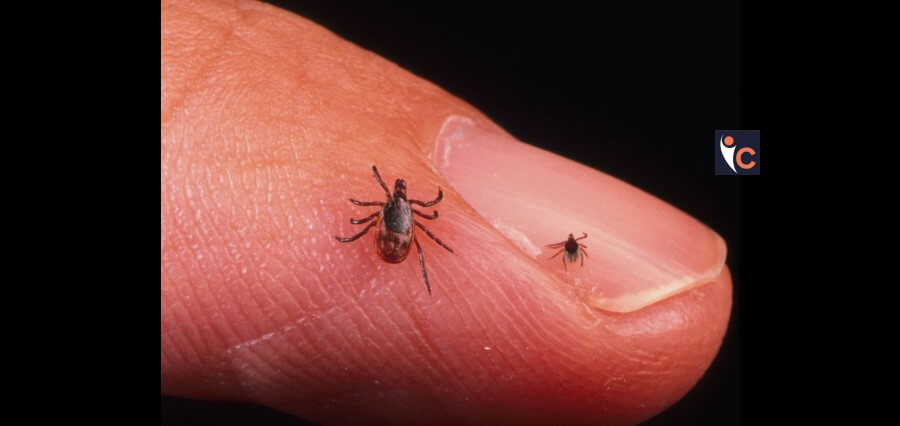Babesiosis is a tick-borne disease that can be fatal in a small number of cases. According to a report by the Centers for Disease Control and Prevention (CDC), it has become more prevalent in the Northeast.
Eight of the ten states that reported cases of babesiosis between 2011 and 2019 saw an increase, while only two states, Minnesota and Wisconsin, saw a decrease.
Overview
In addition, three new states are now considered babesiosis endemic: Maine, New Hampshire, and Vermont. Previously, only Connecticut, Massachusetts, Minnesota, New Jersey, New York, Rhode Island, and Wisconsin were thought to have the disease.
Megan Swanson, a co-author of the report, is an epidemiologist in the CDC’s Division of Parasitic Diseases and Malaria. He stated, “A few years of data show an increase in tick-borne disease in parts of the U.S. that previously saw few cases.”
Babesiosis is characterized by fever, chills, sweats, headaches, body aches, nausea, fatigue, and muscle and joint pain. According to Dr. Peter Krause, Senior Research Scientist, it has an overall fatality rate of between one and two percent.
End Note
Up to 20% of adults and half of pediatric cases are asymptomatic. Low blood platelet counts, kidney failure are the severe outcomes most likely to occur in older or immunocompromised individuals.
Read More News: Click Here









